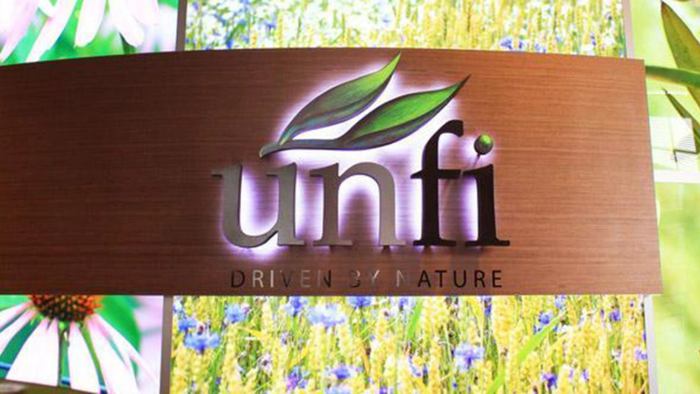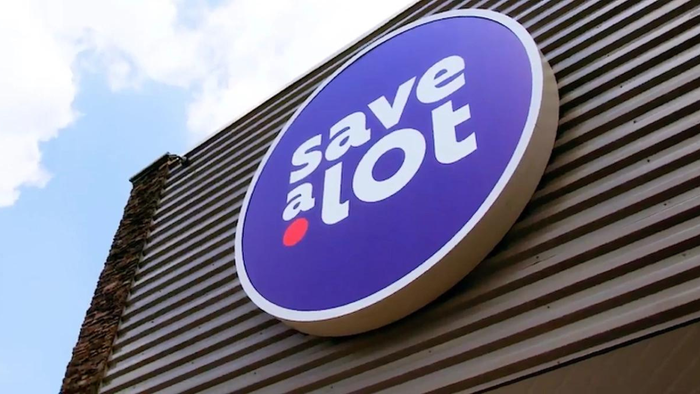Waves of grain
January 1, 2018
Ready-to-eat cereal suppliers add fiber and antioxidants to appeal to shoppers who want a healthy start to their mornings. By Craig Levitt It’s the old case of good news/bad news—with a bit of a twist. The good news for cold cereal manufacturers? The category has a 93% household penetration rate. The bad news? The category has a 93% household penetration rate, meaning that companies are hard pressed to broaden the scope of regular cereal eaters. That doesn’t mean they aren’t trying. Industry observers say that much of the innovation in the category has come from the introduction of health/wellness and convenience driven products. Battle Creek, Mich.-based Kellogg Co., for example, recently reformulated many of its Special K branded cereals so they now provide 3 grams of fiber per serving. The Special K cereals that now offer fiber include: Red Berries, Fruit & Yogurt, Cinnamon Pecan, Vanilla Almond, Blueberry and Chocolatey Delight. Doug VanDeVelde, senior vice president, marketing and innovation for ready-to-eat cereal, says the company added fiber to some of its most popular kids’ cereals as well, including Froot Loops, Apple Jacks and Corn Pops. “Product renovation and innovation are critical to Kellogg’s cereals,” says VanDeVelde. “Last year approximately 15% of our company’s sales came from products launched in the past three years and we have a strong innovation lineup for 2011 that builds off the recent success of our two latest ready-to-eat cereal introductions: FiberPlus Antioxidants and Cinnabon.” Officials from General Mills, based in Minneapolis, say that sales of its Multigrain Cheerios have more than doubled in the past two years, while Banana Nut Cheerios generated first year sales of $50 million in Nielsen measured outlets. Officials add that Chocolate Cheerios, which debuted in January, is on track to deliver first year sales between $65 million and $70 million. General Mills also recently introduced a new look for its Original Kix and Honey Kix cereals, which according to Carla Vernon, marketing director for General Mills Big G cereals, now have only eight ingredients, each of them all-natural. “The choices parents make today influences their children tomorrow,” Vernon says. “So it is essential to start healthy habits early and find simple ways to meet kids’ nutritional and developmental needs.” While better-for-you options continue to spur sales, as the economy remains in flux, private label continues to be a viable alternative to branded cereals as well. While private label ready-to-eat cereal sales have historically been slow to dent branded sales, the downturn in the economy caused an initial surge in private label growth. Since that initial surge private label sales have lost ground recently. Some observers say that is primarily due to significant discounting by branded manufacturers. Even with the decrease in private label sales Ralston Foods, based in St. Louis, recently introduced Oat Wise Regular and Cinnamon flavor, which John J. Sterling, Ph.D., vice president, marketing and category management, says is an emulation of Quaker Life cereals, Essentially You Vanilla and Fiber Active, which are emulations of Special K Vanilla and Fiber One. Sterling says that in order for private label cereals to succeed there are few guidelines that retailers should follow. “Price gaps need to be at least $1, and slightly higher for kids items, because of the significant branded discounting,” Sterling says. “We help retailers by providing them with quality products that they can sell to their consumers at a low price every day.”
About the Author
You May Also Like




